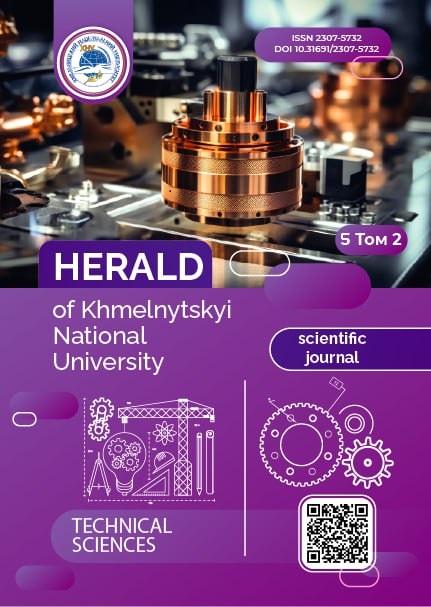INTELLIGENT MONITORING DATA ANALYSIS FOR MANUFACTURING PROCESSES OPTIMIZATION: INTEGRATION OF MONITORING SYSTEMS WITH ARTIFICIAL INTELLIGENCE ELEMENTS
DOI:
https://doi.org/10.31891/2307-5732-2025-357-75Keywords:
industrial analytics, machine learning, intelligent monitoring, Prometheus, Thanos, predictive diagnostics, anomaly detection, manufacturing process optimizationAbstract
The article addresses practical aspects of integrating existing industrial infrastructure monitoring systems with artificial intelligence components in real manufacturing environments. The research develops a hybrid architecture based on Prometheus and Thanos, enhanced with specialized AI modules for production data analysis. Modified approaches for anomaly detection using an adaptive Isolation Forest algorithm, predictive maintenance system based on LSTM neural networks with attention mechanism, and parameter optimization module through Soft Actor-Critic algorithm are proposed. A comprehensive methodology for implementing AI-enhanced monitoring systems has been developed, covering all stages from data collection and processing to intelligent analysis and automated decision-making.
The experimental validation was conducted at an actual manufacturing facility over eight months with 5 production lines and 38 equipment units generating 8,340 metrics per second with peak loads up to 15,200 metrics/sec. The implementation demonstrates substantial improvements in key operational metrics: reducing unplanned equipment downtime by 39.7%, increasing Overall Equipment Effectiveness (OEE) by 18.6%, reducing energy consumption by 11.3%, and improving anomaly detection accuracy with an F1-score of 0.90. The mathematical models show superior performance compared to traditional methods, with the anomaly detection model achieving 75% to 90% F1-score improvement and the predictive maintenance model reducing the Mean Absolute Error (MAE) from 7.2 to 5.3 hours.
The research analyzes practical implementation challenges including legacy equipment integration requirements, personnel training needs, and computational resource demands. The study introduces innovative features including context-aware anomaly detection, hybrid physical-AI models for equipment degradation modeling, and adaptive reinforcement learning for process optimization. Economic analysis demonstrates ROI of 97.2% within the first eight months of operation. The paper concludes by outlining future development directions, focusing on computer vision integration for quality control, explainable AI implementation, and federated learning for secure inter-enterprise knowledge sharing.
Downloads
Published
Issue
Section
License
Copyright (c) 2025 ПАВЛО СТРЕМБІЦЬКИЙ, МАРІЯ ЮХИМЧУК, СТАНІСЛАВ ПЕРЕПЕЛИЦЯ, ВЛАДИСЛАВ ЛЕСЬКО (Автор)

This work is licensed under a Creative Commons Attribution 4.0 International License.

